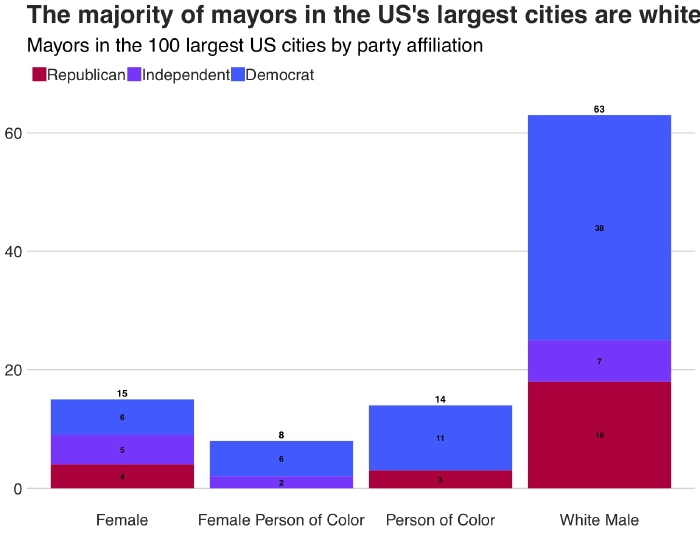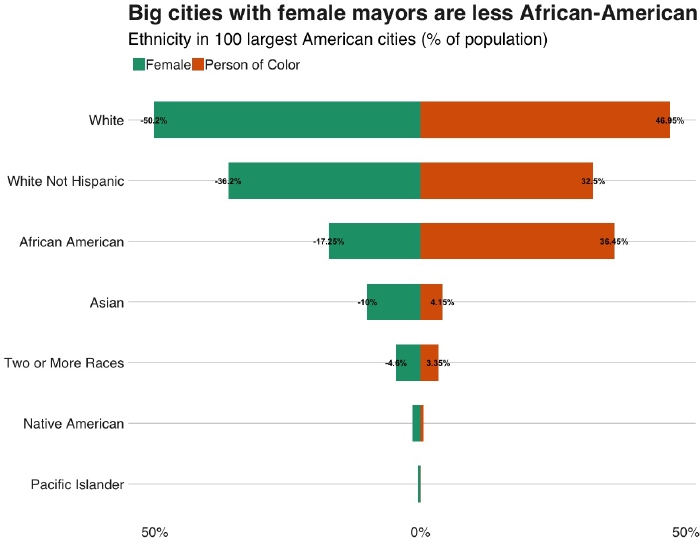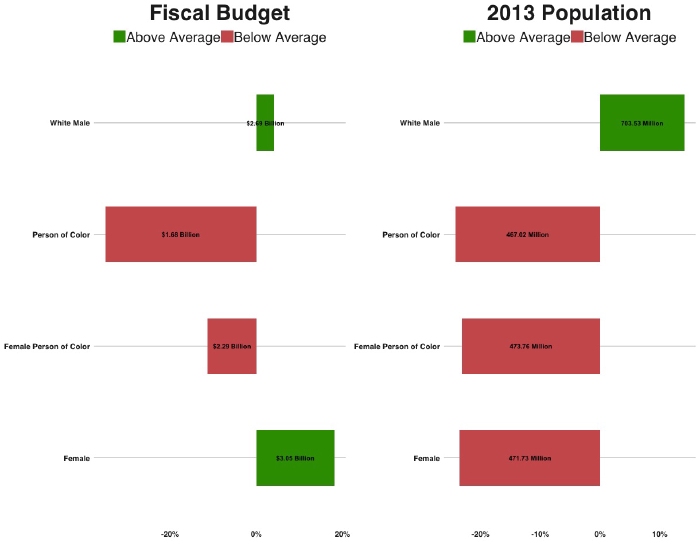Chicago Makes Mayoral History Again
Published 2019-02-28
On April 2nd, Chicago mayoral candidates Lori Lightfoot and Toni Preckwinkle will face a runoff election. The winner of the race will replace Rahm Emmanuel, the mayor of the city since 2011. Whoever the winner, the outcome will be historic.
A democratic stronghold since the early 20th century, Chicago is well-known for its progressive politics. In 1979, Chicago elected its first female mayor Jane Byrne, just four years after Janet Gray Hayes in San Jose became the first female mayor of an American city with a population above 500,000. After her term ended, Harold Washington became the city’s first African-American mayor.
Chicago is also notorious for fostering political dynasties. Richard M. Daley took office in 1987 and, like his father Richard J. Daley before him, governed the city for over 20 years. Due to the young Daley’s 22-year stint, the city has not had a person of color as mayor since the 1980’s and has not reelected a woman to the office. This year marks the first time in the city’s history that a female person of color will take the city’s top office.
Among the U.S.’s largest cities, female mayors and mayors of color are still rare. Only 23 of the 100 largest cities have female mayors, and only 22 have mayors that are not white. Only 8 of the largest cities have a mayor who is both female and a person of color.

This election is not just going to make Chicago history. Jane Byrne made history by becoming the first female mayor of an American city with more than 3 million residents. This high-water mark still stands. Today, there exist other differences between cities run by female mayors and mayors of color. Of the 100 largest cities, the average population of cities with mayors that are men is about 660K, while the average is 472K for cities controlled by women. The average population is 467K for cities with mayors of color. Not surprisingly, the percentage of residents who identify as African-American is 10% higher in cities with mayors of color (the average is 36%) compared to cities without mayors of color (the average is 26%). In contrast, cities with mayors who are female tend to have fewer residents who identify as African-American (17% compared to 30% of residents with male mayors).

While female mayors govern smaller cities, they control larger fiscal budgets than their male counterparts. The average fiscal budget controlled by female mayors in the 100 largest American cities is nearly 25% larger than cities governed by men. Compare this to mayors of color, who on average control a fiscal budget that is 40% smaller than white mayors.

The midwestern location of the new chief executive’s office in Chicago is also uncommon. Currently, of the 7 largest cities governed by female women of color, 6 of them are below the Mason-Dixon line. The outlier is San Francisco, in which London Breed took office last year and became the city’s first mayor who is both female and a person of color. However, Chicago’s population is more than 3 times that of San Francisco’s, and boasts a much larger fiscal budget. Jane Daley made United States history by becoming the mayor of the largest city ever governed by a woman in the U.S.. On April 3rd, Chicago will again make history — this time as the largest American city ever to have a female mayor of color.
